To enter BIOS on a Windows 11 PC, press ESC key at startup to enter the Startup Menu. Then press F10 to enter BIOS. Alternatively, go to Settings > Recovery > Advanced Startup > Troubleshoot > UEFI Firmware Settings > Restart to enter Startup Menu and press F10 to enter BIOS.
The Basic Input/Output System (BIOS) is a crucial component of your computer, serving as a bridge between hardware and software. It initializes your system during startup and facilitates communication between the operating system and various hardware components. Understanding how to access BIOS is essential for troubleshooting, optimizing performance, or making advanced system modifications.
In modern computers, the rapid boot times can make it challenging to access BIOS using traditional methods. However, Windows 11 offers multiple ways to enter BIOS, ensuring you can always access these important settings when needed.
Note: This guide uses an HP laptop for demonstration. The interface or specific keys may vary for other manufacturers. It's advisable to consult your PC manual or the manufacturer's website for device-specific information.
Enter BIOS at startup
The most direct method to access BIOS is during the system startup process. However, this requires quick action due to the fast boot times of modern computers.
- Power on your computer.
- Immediately press the ESC key when the screen lights up to enter the Startup Menu.

- In the Startup Menu, locate the option for BIOS or System Setup.
- Press F10 to enter BIOS.
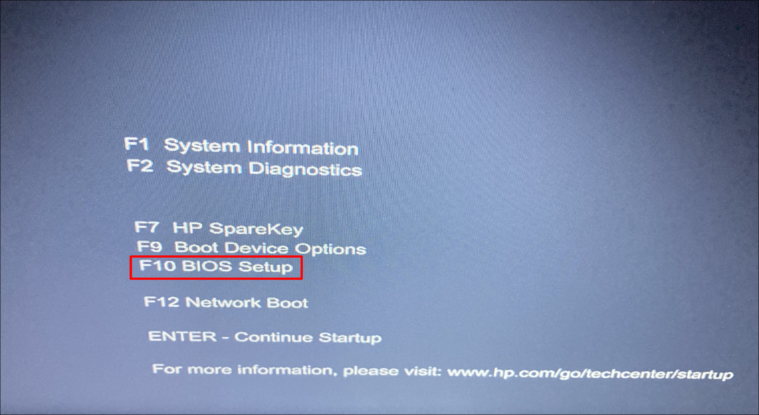
- You will now be in the BIOS interface, where you can navigate and make necessary changes.
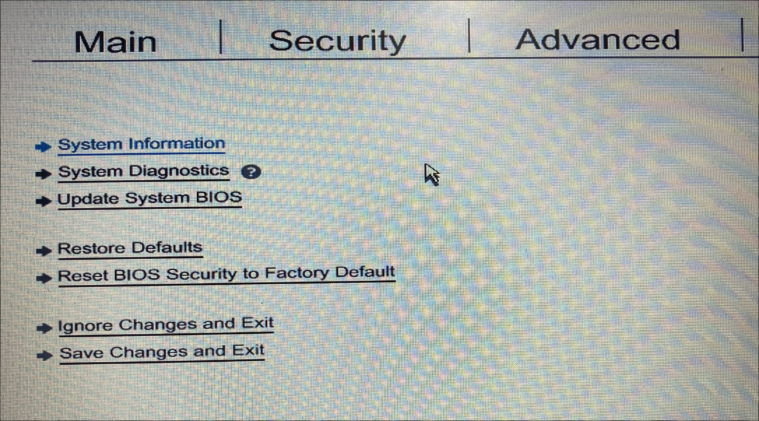
Enter BIOS from Windows settings
If you find it difficult to catch the right moment during startup, Windows 11 provides an alternative method to access BIOS through the operating system itself.
- Right-click the Start icon in the Taskbar or press Windows + X.
- Select "Settings" from the menu. Alternatively, press Windows + I to open Settings directly.

- In the Settings window, click on "System" in the left sidebar.
- Scroll down and select "Recovery" on the right side.

- Under "Recovery options," find "Advanced startup" and click "Restart now."
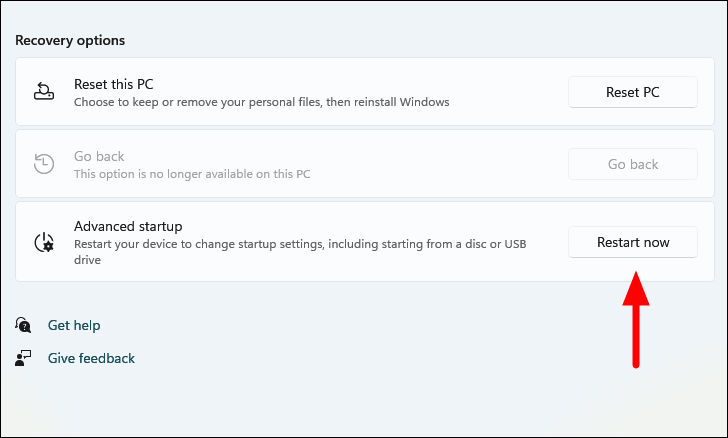
- Confirm by clicking "Restart now" in the pop-up window.
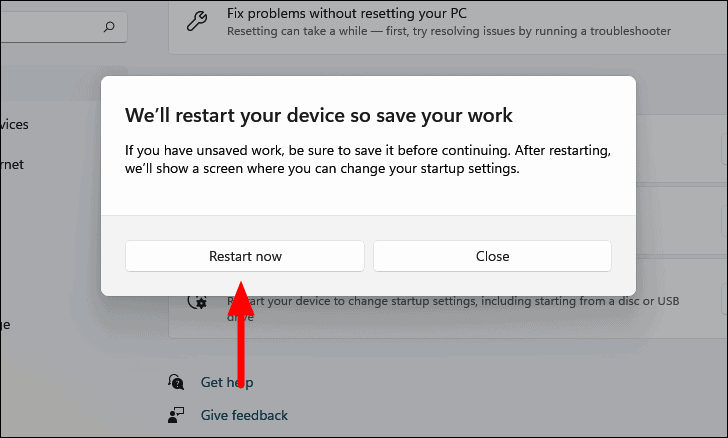
- After the system restarts, select "Troubleshoot" from the options presented.
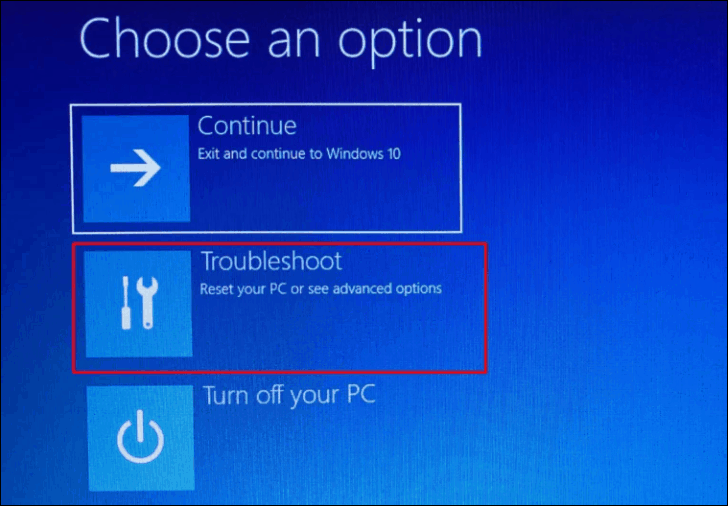
- Click on "Advanced options."
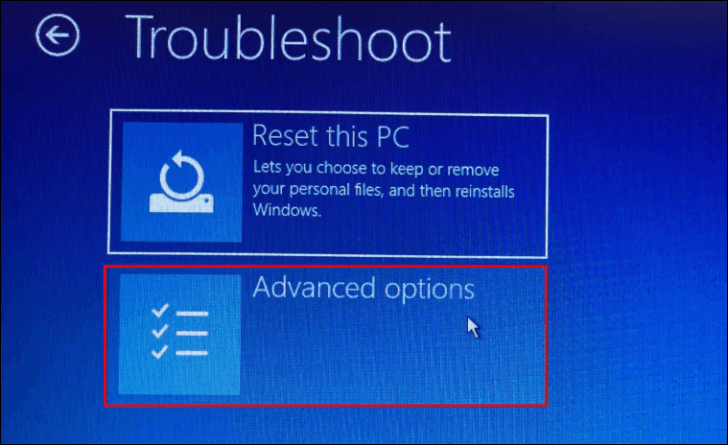
- Select "UEFI Firmware Settings" from the list of advanced options.
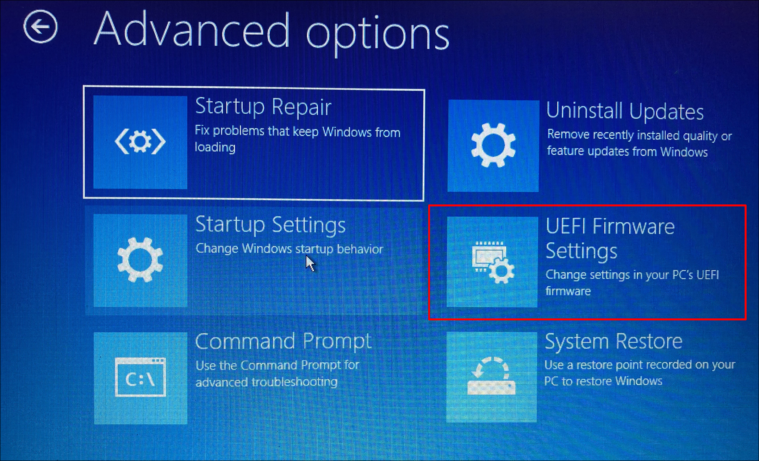
- Click "Restart" to reboot your computer and enter the Startup Menu.

- Once in the Startup Menu, press F10 to access BIOS.

While this method takes longer than accessing BIOS at startup, it's a reliable approach that works on all computer models, regardless of their boot speed or age.
Conclusion
Accessing BIOS on a Windows 11 PC is an essential skill for advanced users and troubleshooters. Whether you choose the quick startup method or the more deliberate Windows settings approach, you now have the knowledge to enter BIOS whenever necessary. Remember that making changes in BIOS can significantly impact your system's performance and stability, so proceed with caution and only make modifications you fully understand.
If you encounter any issues or have questions about specific BIOS settings, don't hesitate to seek further assistance or leave a comment below. Your feedback and experiences can help other readers navigate their BIOS adventures more effectively.

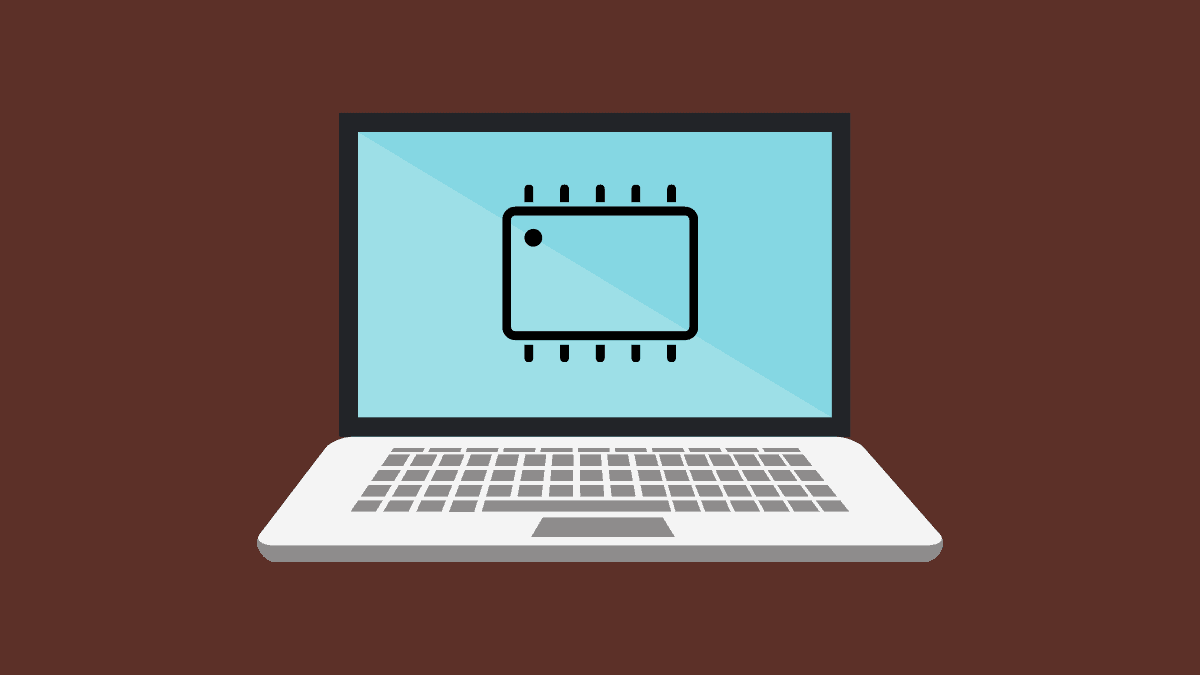



Member discussion